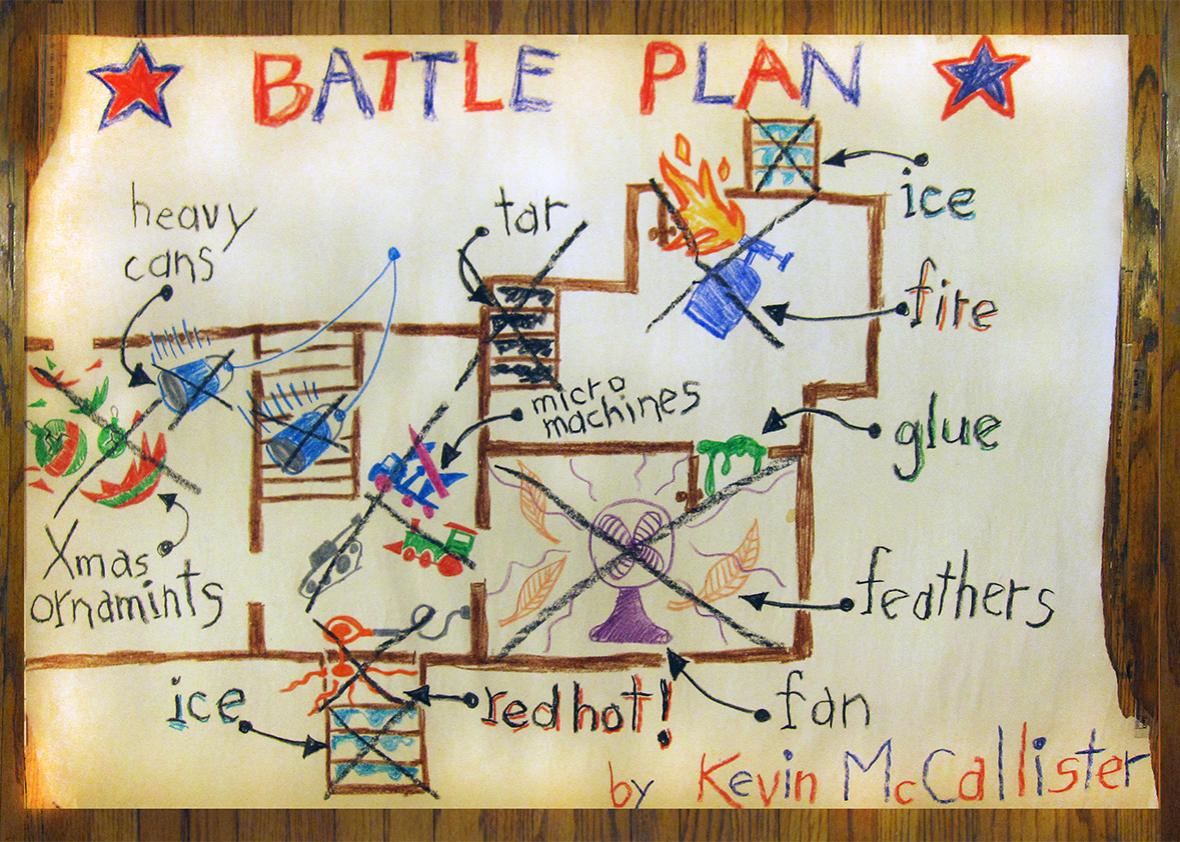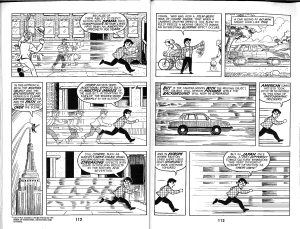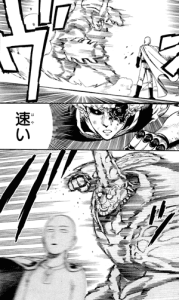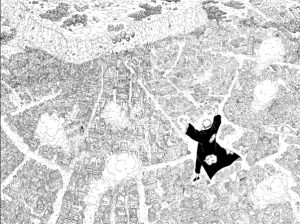Hello everyone,
Here are three looping videos that I found on YouTube for this week’s post.
This Minecraft loop incorporates sound alongside repeated visuals. The player/camera moves forward in an already visually perplexing environment as the screen is framed by different types of blocks each second or so. The sound of the loop is one that uses “Shepard’s Tone” to simulate an ever-decreasing sound. The editing of the sound and movement of the player/camera adds a rhythmic pattern to the loop. The video itself ends the loop by the player breaking a block which returns the loop back to the beginning. There is a slight moment where the editing from end to beginning seems just a hair off of perfection, but I believe this comes very close to nailing it.
This looping video contained some useful information regarding creating loops while being a loop itself. The difference here, however, is that this loop is cyclic. Rather than having repeated elements within a single loop, this video cycles its content once per loop and contains a lot of visual elements that could partially place it into a frantic category. The creator uses an audio cue at the end of the loop to cycle straight into the beginning and even includes a countdown to the loop restarting. They also edit the footage by cutting a single recording in half and then placing one half at the start and one at the end to simulate the video continuing after the loop begins.
In this video, we see the creator interact with themselves to create a loop. I find videos that duplicate the creator to be very interesting and clever video editing. They had to record both of these instances and then combine the footage by either layering or resizing the footage to match up. The audio is important as well, the space between responses seems reasonable and the loop transition is barely noticeable. Another cyclic example as the previous but with less elements and a more simplistic concept. The creator also made sure to follow with their eyes the location of their duplicate to add to the illusion.
Thanks for reading!
-Caleb




